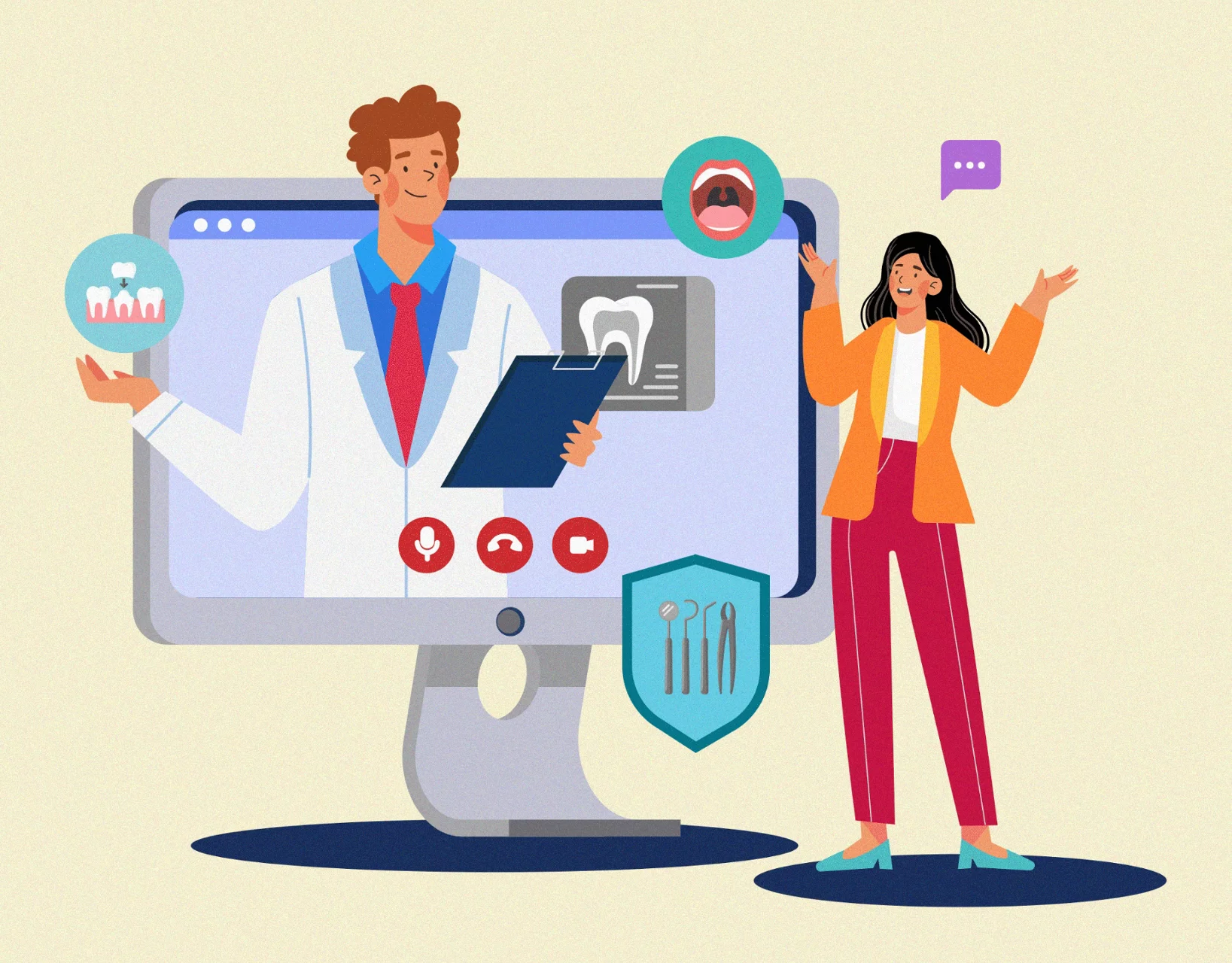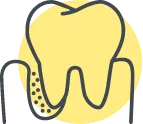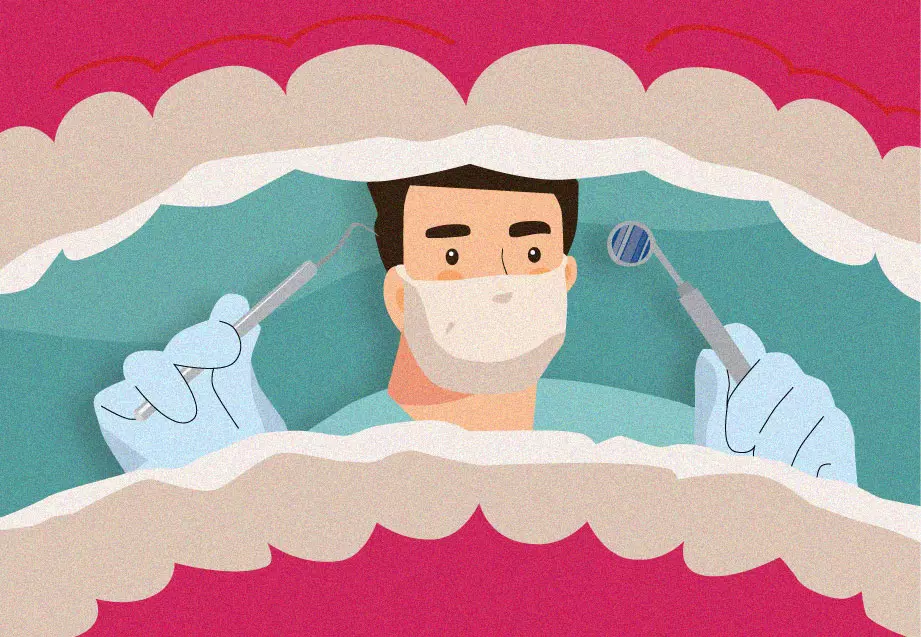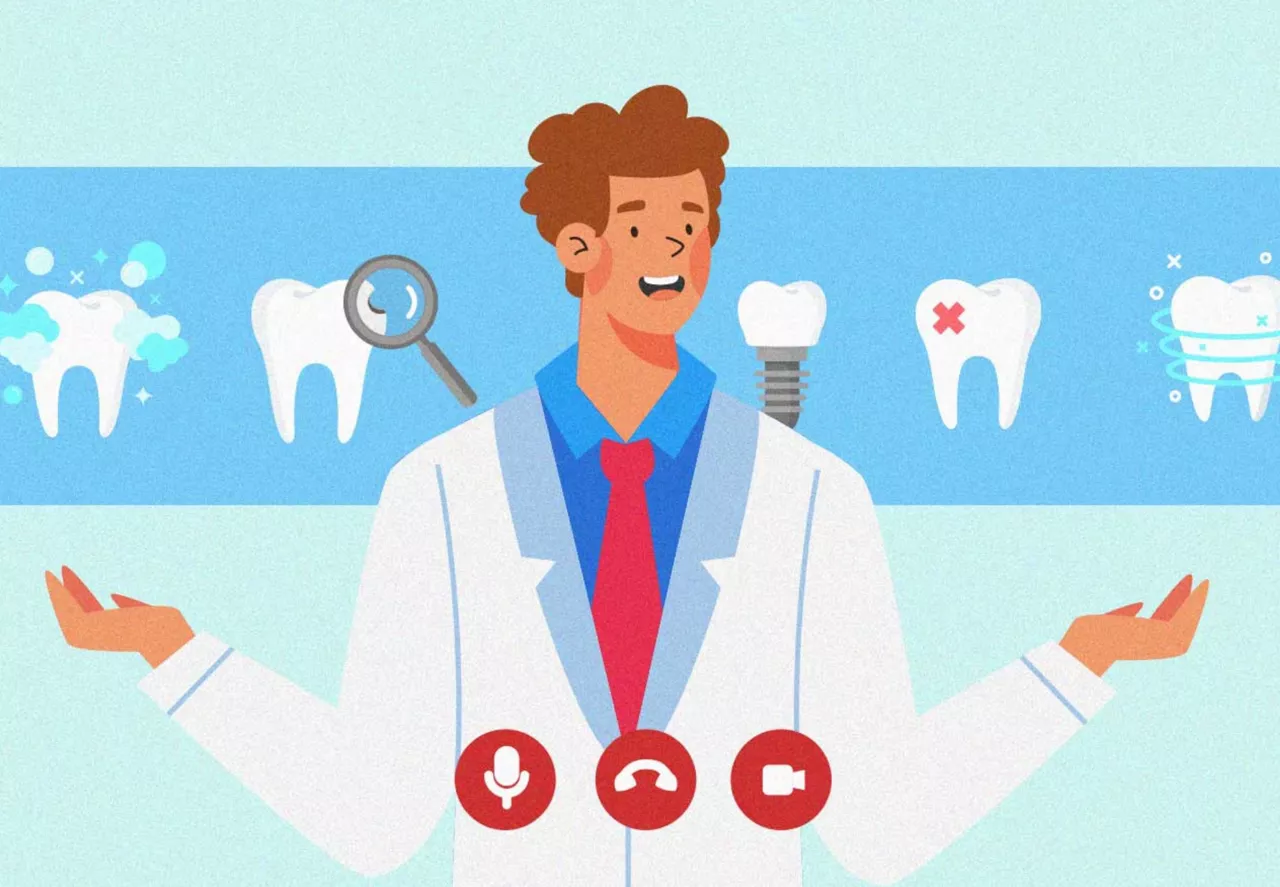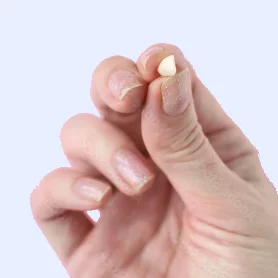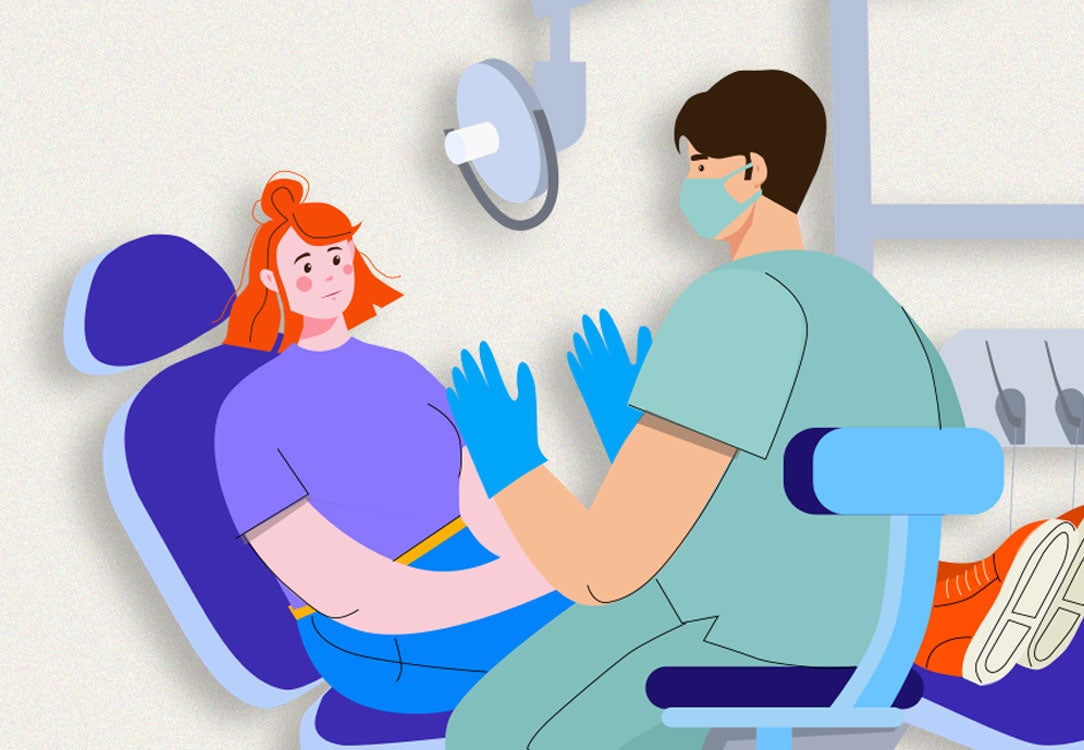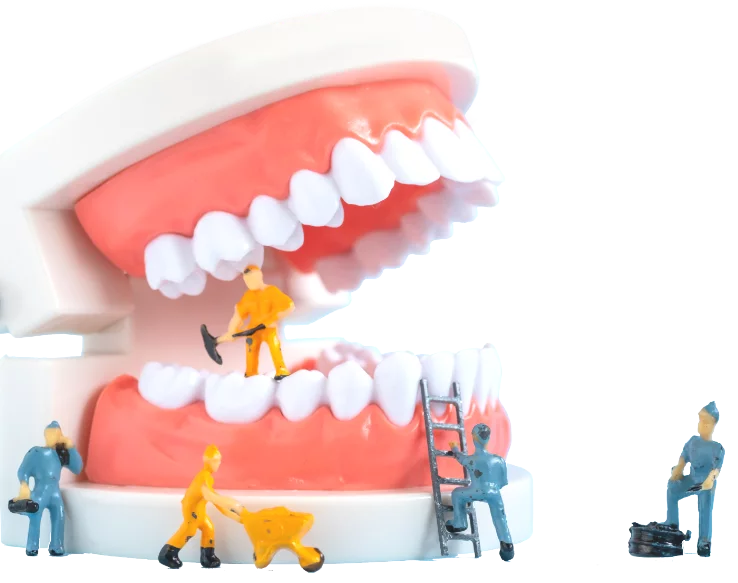How can we help?
- OVERVIEW
- ROUTINE CLEANING
- DENTAL HYGIENE
- CANCER SCREENINGS
- X-RAYS/IMAGING
- DENTURES
- DENTAL SEALANTS
- FLUORIDE TREATMENT
- FILLINGS
- SEDATION DENTISTRY
- DENTAL CROWNS
- BRIDGES
- ORALFITNESSCHECK
How Teledentistry Works
There are two main ways dentists can provide teledentistry services. Synchronous teledentistry refers to live, two-way interaction with your dentist. It may take the form of a real-time video call. Dentists may also communicate with their patients through mobile devices, such as cell phones or tablet computers. Asynchronous teledentistry, also called store-and-forward teledentistry, is a method that doesn’t rely on real-time interactions. Instead, recorded information is passed back and forth.



Book an Appointment Today
Whether you’re interested in teledentistry or just ready for your next dental check-up, we can help. Find a trusted dentist near you with our Find a Dentist tool.
Got questions?
If you're new to virtual dental care or teledentistry, you likely have questions. Browse our FAQs or call 1-800-SMILEGEN to learn more.
Teledentistry, also known as virtual dental care, involves using technology to provide dental care at a distance. It became widespread during the COVID-19 pandemic when in-person dental services were limited or restricted.
A person might seek a virtual dental consultation if they have a dental problem, are researching dental options, want a second opinion on a diagnosis or treatment plan, are looking for a new dentist, or experience dental anxiety.
A virtual dentist can provide information and advice about oral health issues, answer questions about tooth sensitivity, gum recession, discolored teeth, and discuss possible treatment options. They may also offer guidance on oral hygiene routines and products. Additionally, virtual dentists may provide at-home treatments, such as the application of fluoride varnish.
Teledentistry can help patients save money by eliminating some costs associated with regular dental visits, such as transportation and time off work. It may also help avoid unnecessary trips to hospital emergency rooms for dental emergencies. Many health insurance plans have added coverage for teledentistry, making virtual care an affordable option for patients.
Related Posts
Sources
Dentistry IQ. (n.d.). Teledentistry: The Good, the Bad, and the Ugly. https://www.dentistryiq.com/practice-management/systems/article/14202856/teledentistry-the-good-the-bad-and-the-ugly
National Center for Biotechnology Information. (2020). Teledentistry as a Novel Pathway to Improve Dental Care Availability: Implications, Acceptance, and Potential Implementation. https://www.ncbi.nlm.nih.gov/pmc/articles/PMC7297180/
Royal College of Dental Surgeons of Ontario. (n.d.). COVID-19 - Emergency Screening of Dental Patients Using Teledentistry. https://www.rcdso.org/en-ca/rcdso-members/2019-novel-coronavirus/covid-19---emergency-screening-of-dental-patients-using-teledentistry https://www.aspendental.com/dentures
American Teledentistry Association. (n.d.). Facts About Teledentistry. https://www.americanteledentistry.org/facts-about-teledentistry/


